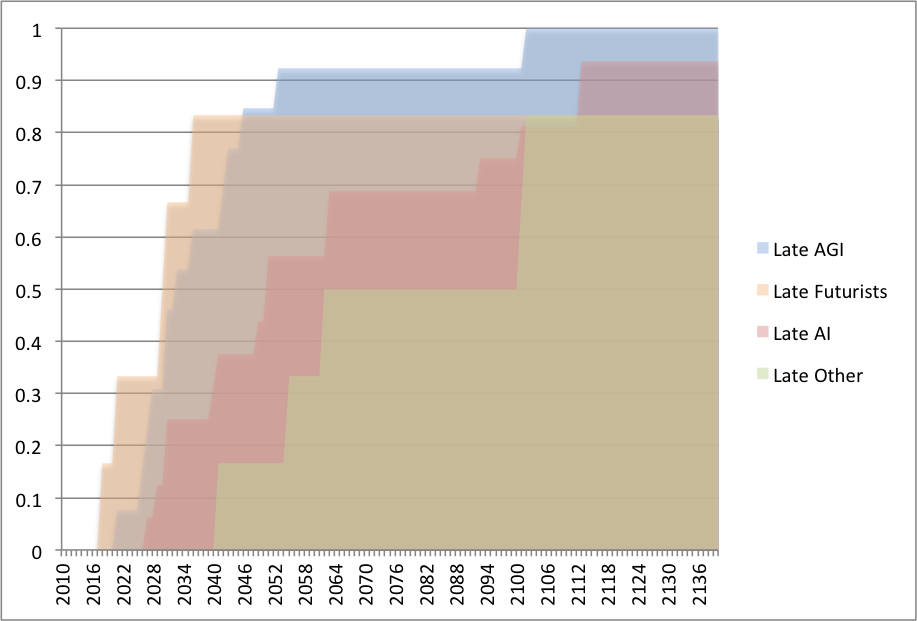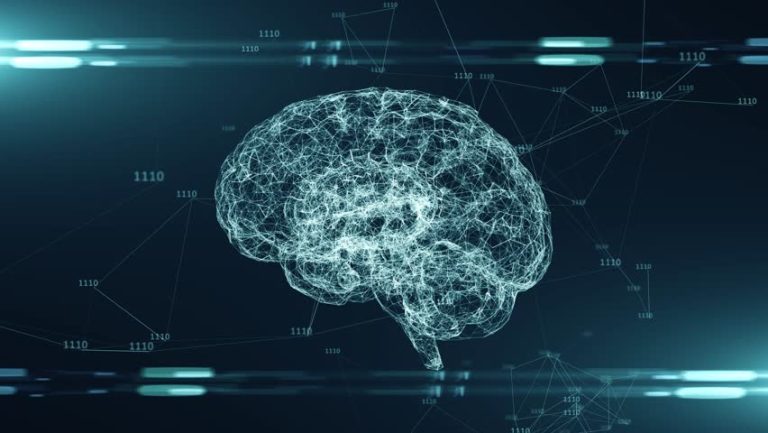
In an era where artificial intelligence is reshaping the way we create, consume, and interact with content, the ability to distinguish between human-generated and AI-generated text has become more critical than ever. By 2026, it’s estimated that a staggering 90% of online content could be AI-generated. This shift has made AI content detectors essential tools across various industries, from education to journalism and beyond. But how do these tools work, and why are they so important? In this article, we’ll explore the science behind AI content detectors, their applications, and the challenges they face in an increasingly AI-driven world.
What Are AI Content Detectors?
AI content detectors are sophisticated tools designed to analyze text and determine whether it was written by a human or generated by an AI system. These detectors use advanced algorithms to examine various aspects of writing, such as word choice, sentence structure, and overall coherence. By comparing the text to large datasets of known AI-generated and human-written content, they can identify subtle patterns that indicate the source of the text.
For example, GPTZero, one of the pioneering tools in this space, uses techniques like “perplexity” and “burstiness” to evaluate writing. Perplexity measures how predictable a sequence of words is, while burstiness refers to variations in sentence length and structure. Human writing often exhibits higher perplexity and greater burstiness, making it easier for detectors to spot AI-generated content.
Why Do AI Detectors Matter?
As AI tools become more user-friendly and widely adopted, concerns about content integrity and quality have grown. AI content detectors have become crucial for maintaining standards around authenticity and trust in several key areas:
Education
Schools, colleges, and universities use AI detectors to uphold academic integrity. These tools help educators identify when students may have relied too heavily on AI for their assignments, ensuring that submitted work reflects a student’s understanding of the subject matter.
Business
In professional settings, AI tools are used to create content at scale for websites, blogs, and social media. AI content detectors help companies maintain their brand voice and identity, ensuring that their content remains original and genuine.
Politics and Journalism
With the rise of deepfakes and misinformation, AI detectors are vital for verifying the integrity of news articles. They help ensure that false content isn’t mistaken for genuine information, especially during election cycles when content can influence public opinion.
How Do AI Content Detectors Work?
AI content detectors rely on a combination of machine learning (ML) and natural language processing (NLP) techniques to analyze text. Here’s a closer look at the key components:
Machine Learning (ML)
Machine learning involves recognizing patterns in data. As more text is analyzed, AI detectors become better at identifying subtle differences between AI-generated and human-written content. ML drives predictive analysis, which is critical for measuring perplexity—a key indicator of AI-generated text.
Natural Language Processing (NLP)
Natural language processing focuses on the nuances of language, helping AI detectors gauge the context and syntax of the text they’re analyzing. While AI can generate grammatically correct sentences, it often struggles with creativity, subtlety, and adding depth of meaning, which humans naturally incorporate into their writing.
Classifiers and Embeddings
Classifiers and embeddings play a crucial role in the detection process. Classifiers group text based on learned patterns, much like sorting fruits based on characteristics. Embeddings represent words or phrases as vectors, creating a ‘map’ of language that allows detectors to analyze semantic coherence.
Key Techniques in AI Content Detection
Several techniques are commonly used in AI content detection, including:
Perplexity
Perplexity is like a surprise meter for AI content detectors. The higher the perplexity, the more ‘surprised’ the detector is by the text it’s seeing. Unexpected or unusual words or sentence structures tend to raise the perplexity score. If the text has high perplexity, it’s more likely to be human-written. Conversely, if the text is too predictable, it’s likely AI-generated.
Burstiness
Burstiness measures how much perplexity varies over the entire document. It’s more about the flow of the text. Human writing tends to have a rhythm of short and long phrases, mixing up simple and complex sentences. AI, on the other hand, often creates more monotonous text, repeating certain words or phrases too frequently.
The Interaction Between Perplexity and Burstiness
While perplexity focuses on individual surprises, burstiness looks at the overall rhythm of a piece. A text with high burstiness can lead to higher perplexity, making it harder for AI to predict what comes next. However, low burstiness often means lower perplexity, with uniform sentences that AI can easily predict.
AI content detectors look for a balance of perplexity and burstiness that mimics the way humans naturally write and speak. Too much of either can be a red flag.
Building a Custom AI Model to Detect AI
As AI evolves to sound more human, AI detectors must keep pace. Tools like GPTZero have developed custom models trained on human and AI text from the latest models to detect key differences beyond just perplexity and burstiness. These models include features like Advanced scan, a sentence-by-sentence classification model; Internet Text Search, which checks if text has been found in text and internet archives; and a shield that defends against other tools looking to exploit AI detectors. By combining these methods, detectors can stay ahead of the curve in identifying AI-generated content.
How Effective Are AI Detectors?
No tool can claim 100% accuracy, but the goal is to achieve the highest accuracy rate with the lowest rate of false positives and false negatives. For instance, GPTZero boasts a 99% accuracy rate and a 1% false positive rate when detecting AI versus human samples. However, detecting mixed documents that contain both AI-generated and human-written content remains a challenge. GPTZero excels in this area, achieving a 96.5% accuracy rate.
AI detectors are trained on millions of documents spanning various domains, including creative writing, scientific writing, blogs, and news articles. They test their models on never-before-seen sets of human and AI articles, as well as challenging articles outside their training distribution.
AI Detectors vs. Plagiarism Checkers
While both AI detectors and plagiarism checkers verify content authenticity, they operate differently. AI detectors focus on the structure, word choice, and style of the text to determine if it was created by AI or a human. Plagiarism checkers, on the other hand, compare the text against a broad dataset of existing writing to identify potential matches.
It’s important to note that neither tool is perfect. AI detectors aim to ensure content is genuinely written by a human, while plagiarism checkers confirm it’s not copied from existing sources. Both should be used as input sources rather than definitive judges.
Limitations to Watch Out For
False Positives or Negatives
AI detectors work on probabilities, not absolutes, and can sometimes produce false positives or negatives. This is because the systems rely on algorithms that analyze patterns, and they judge the likelihood of any given piece of content being produced by AI. Sometimes, human-written content can be mistakenly flagged as AI-generated, and vice versa.
Trained on English Language
Most AI detectors are trained on English language content, which can make them less effective when analyzing multilingual content. An AI detector might not recognize specific characteristics it’s trained on, making it less reliable for non-English texts.
Writing Aids That Increase Use of AI
Many AI detectors cannot distinguish between ethically used AI assistance (like grammar tools such as Grammarly) and completely AI-generated content. Some systems cannot always differentiate between someone using AI for minor edits like grammar corrections or leaning on AI to generate the entire text.
How to Use AI Detectors Responsibly
AI content detectors should be treated as part of a broader strategy for gauging content integrity rather than standalone judges of content quality. To use them effectively, it’s essential to recognize their limitations and combine them with human judgment, especially in contexts where false positives or negatives can have significant consequences.
The bottom line is that these tools are not ultimate authorities. They should complement human judgment, especially in situations where the stakes are high. A balanced approach that prioritizes fairness over convenience is key to using AI detectors responsibly.
Conclusion
AI content detectors are vital tools in an increasingly AI-driven world. They help maintain authenticity and trust across various industries, from education to journalism and business. While no tool is perfect, the combination of machine learning, natural language processing, and advanced algorithms allows these detectors to identify subtle differences between human and AI-generated text.
As AI continues to evolve, so too must the tools that detect it. By staying informed about the capabilities and limitations of AI content detectors, users can make more informed decisions about content integrity and authenticity. Whether you’re a student, educator, writer, or business professional, understanding how these tools work is essential in navigating the complex landscape of AI-generated content.








